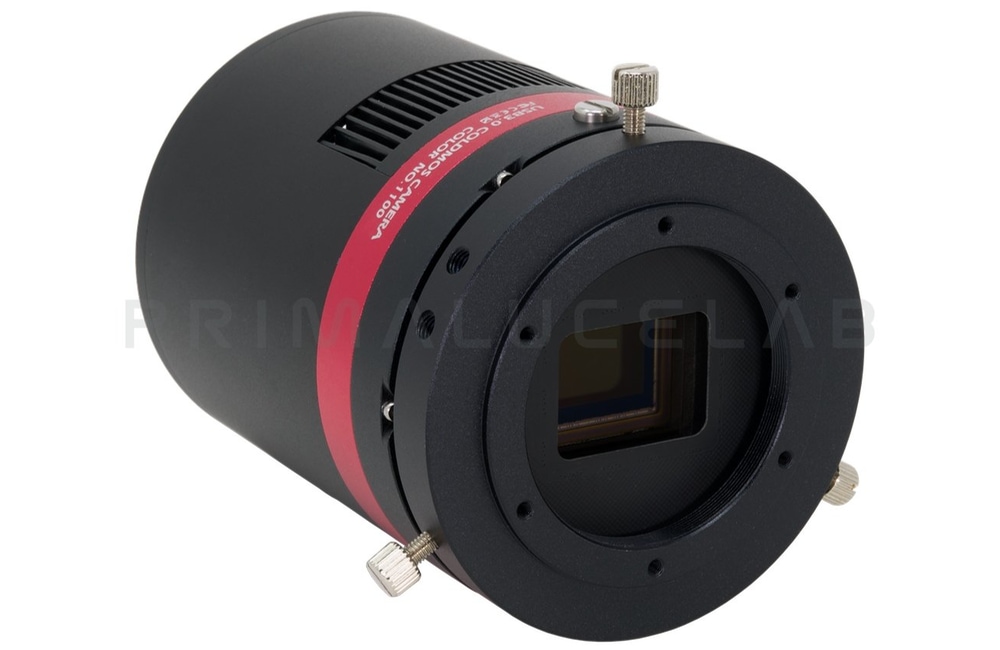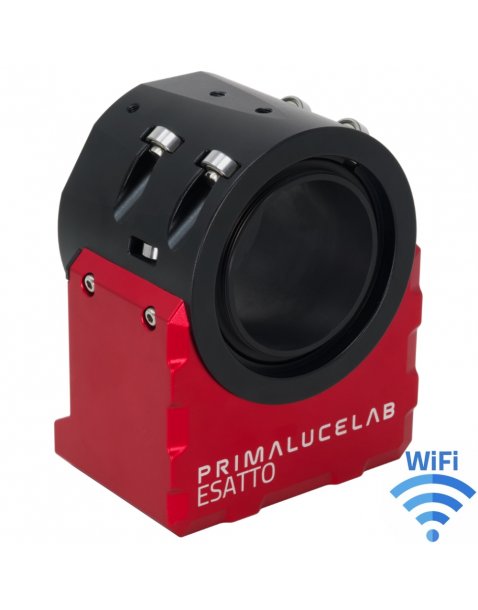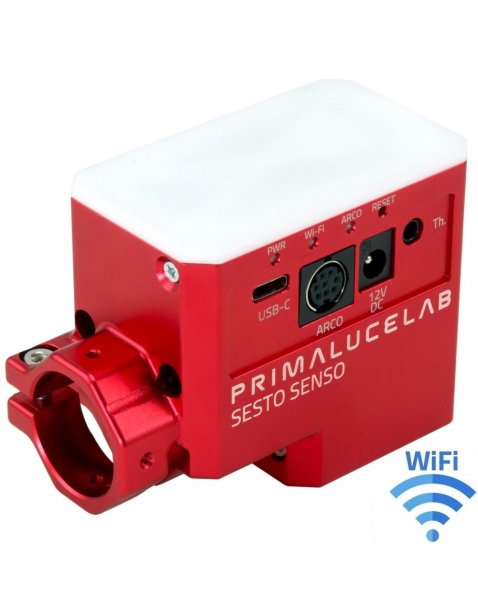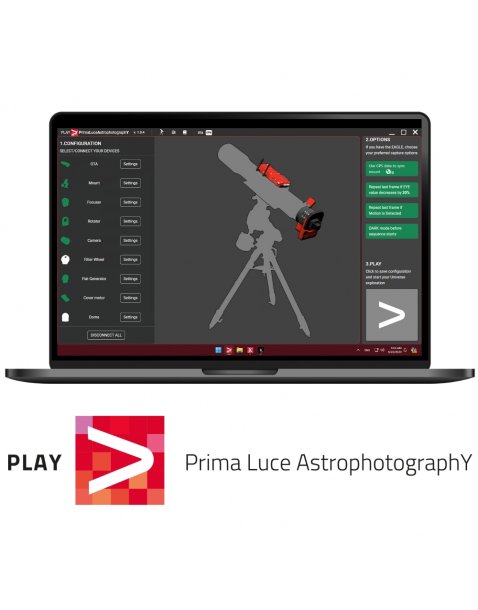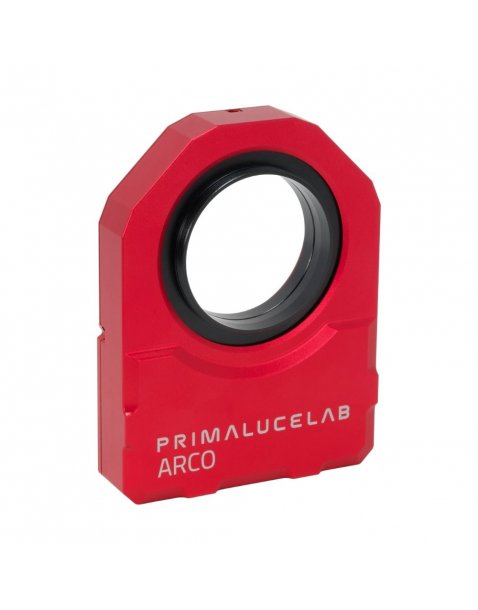Astrophotography: introduction to astronomy photography
Astrophotography allows to record great pictures of the Universe: from the planets to the Moon, from galaxies to nebulas, from the Sun to star clusters. Astrophotography of some objects may be simple while for others, especially because of their low brightness, it’s more difficult and may require special instruments and techniques. Thanks to the digital revolution that started with the new millennium, astrophotography greatly improved, and everyone can get great pictures of the Universe by using the right instruments.
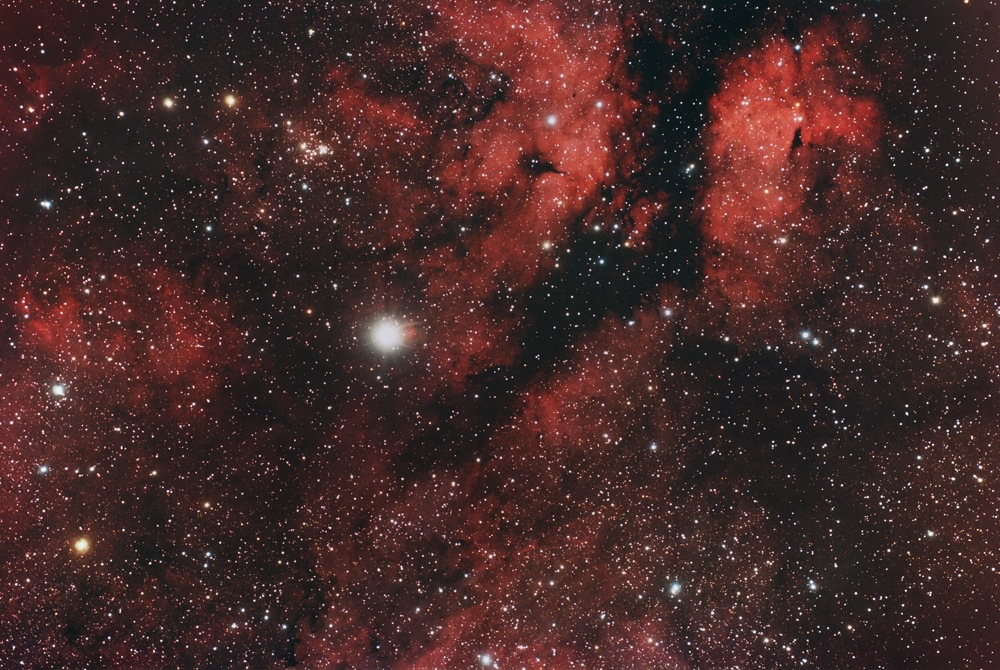
In fact, until the last years of the 20th century, digital cameras were not widespread and cooled CCD cameras for astronomy had low resolution, small sensors and high costs. Most amateur astronomers used film cameras that however, despite special hypersensibilized films, had low sensitivity (due to a limit known as reciprocity – sensitivity of a film decreases with long exposures) and much lower resolution capability compared to modern sensors. It was therefore very difficult to create beautiful images of the night sky even of bright subject and with large telescopes.
But, since the early years of the 21st century, first DSLR cameras with large sensors appear on the market with low costs (such as the Canon EOS 300D) and also CCD cameras, guided by the evolution of DSLRs, become more common and affordable. It was clear that, applying a DSLR to telescopes instead of a film camera, it was possible to get better pictures, thanks to the new possibilities of computer processing and special softwares designed for astrophotography that allowed, for example, to stack individual images in a simple way.
The astrophotography digital revolution was completed and amateur astronomers realized that with this technique they could achieve excellent results even with modest size instruments. The object being photographed show colors and details invisible to the naked eye and astrophotography also becomes a way to overcome the limitations of the human eye. In fact, although live observation of the universe is extremely fascinating, our eye is not very sensitive in low light. You can you think of the human eye as a camera with just 1/10s shutter speed. With photo cameras you can leave the shutter open for a long time, even hours, accumulating light and generating much more detailed images.
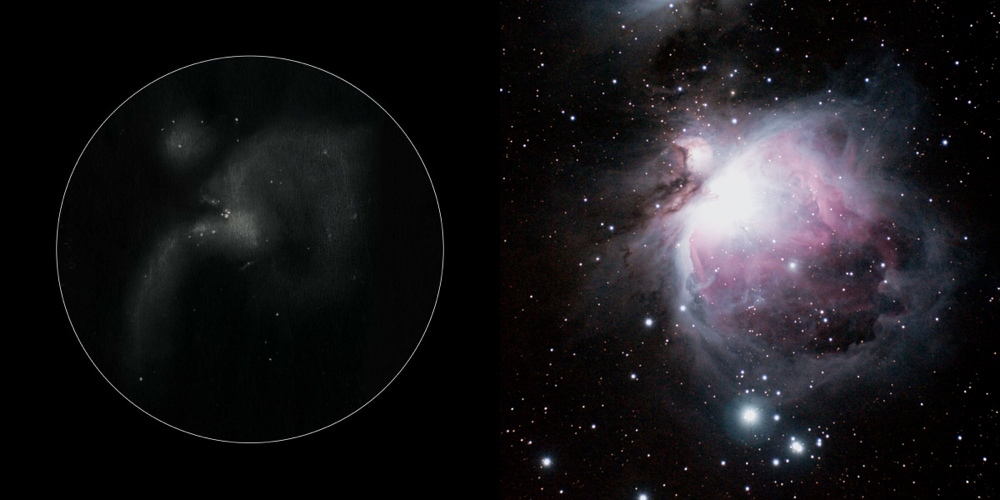
Is astrophotography easy or difficult? It depends on the object you want to record. In fact, you can point your camera (such as a DSLR with its lens) to the night sky and record a picture with few seconds exposition (using high ISO) to record images of the constellations. But if you want to get fantastic images like the ones shown here, there’s a difference. This type of astrophotography (the one that amateur astronomers make with telescopes) is not easy but it is certainly possible even by an amateur as long as you use the right instruments and the correct basics. But first we have to make a distinction.
The astrophotography is not always the same and we are used to divide it in two classes: planetary astrophotography (planets, Moon, Sun) and deep-sky astrophotography (nebulas, galaxies and star clusters).
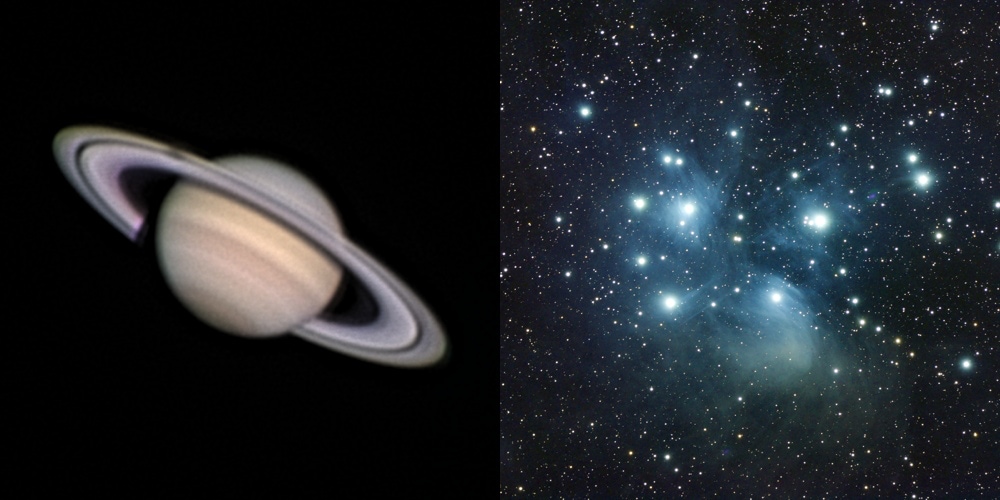
Planetary astrophotography aim is to record objects that are relatively close to us, within the Solar System. They are usually the brightest: apart from the ones more distant from the Sun such as Uranus or Neptune, the planets are bright and allow us to record images at high magnification (with long focal lengths). This is necessary because the planets have very low apparent size in the sky and they appear smaller than many deep-sky objects like galaxies although the latter are much more distant from the Earth. The same can be said for the Moon and the Sun: even if they are very large in the sky, often in order to record the smallest details we use high magnifications. For this reason we often refer to planetary photography with the term high resolution. In order to record planetary images, you can use DSLR cameras but the best images are achieved through special cameras (USB 3.0 planetary cameras) that allow you to record a video instead of a single picture. Then a special processing planetary software decompose the video in a series of consecutive images, selects only the best ones (for example by removing those ruined by a moment of bad atmospheric turbulence), make an average of the images to reduce the electronic noise and apply contrast filters to highlight the smallest details.
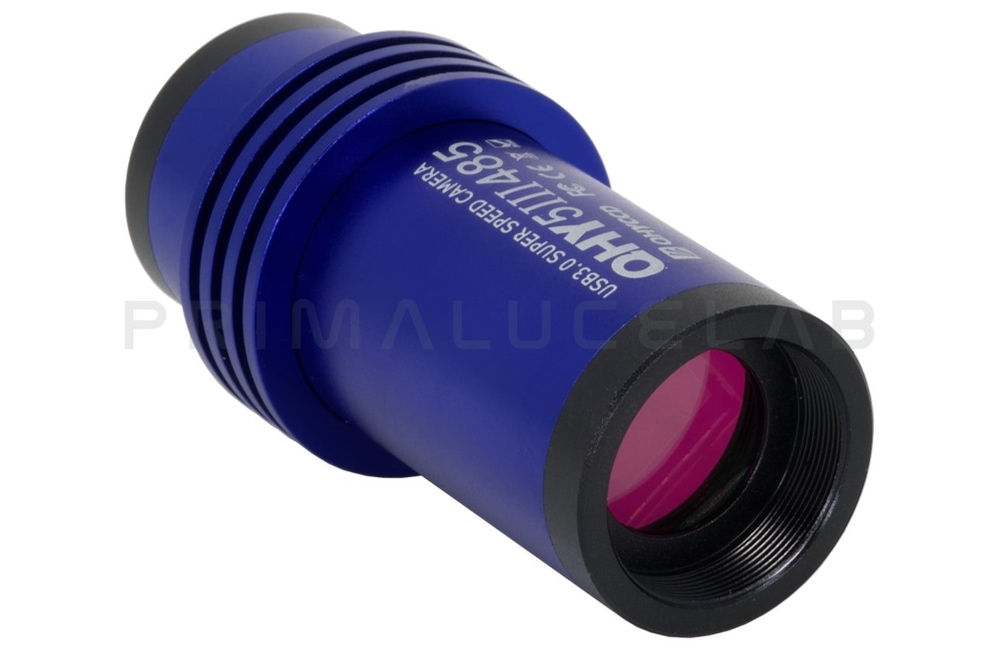
Deep-sky astrophotography, in contrast, requires long exposures, since galaxies, nebulae and star clusters are very low-light subjects. Also they often have a sky apparent size higher than planets and then, in order to take picture of them, you need relatively short focal length telescopes with a camera at prime focus (some times also with focal reducer). By recording pictures with fast focal ratio telescope, you can record long exposure pictures (many minutes or hours) and capture also the weakest details. Commonly used cameras for this application are DSLR cameras, mirrorless cameras or cooled cameras that allow you to record long exposures with very low electronic noise. Through special softwares and techniques, you can calibrate and stack images in order to increase the brightness of the recorded subject and, at the same time, reduce background noise.
